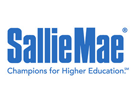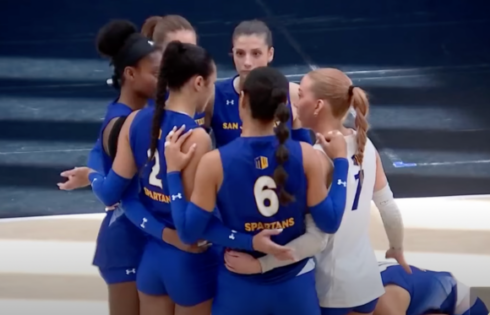
 Recent graduate Seth Goehring doesn’t regret his college experience. But the $60,000 in debt he amassed while obtaining a teaching degree at an Ohio state school often makes his stomach churn.
Recent graduate Seth Goehring doesn’t regret his college experience. But the $60,000 in debt he amassed while obtaining a teaching degree at an Ohio state school often makes his stomach churn.
Goehring, a 2011 graduate of Miami University, took out a number of loans—from federal to private—to pay for school. Now, payments to the tune of $400 a month have just started rolling in.
“Interest on the loan is already killing me,” Goehring said. “About a check and a half every month is pretty much going all to my loans.”
Goehring estimated that once his other loans kick in, he’ll be paying upwards of $800 a month.
Despite the passage of the Budget Control Act of 2011 this summer, Goehring, like thousands of other debt-ridden graduates, may face even higher interest rates triggered by the uncertainty surrounding the country’s credit.
Lenders in the private industry could decide to up interest rates soon, Moody’s Director of Consumer Credit Analytics Chris deRitis estimated. Earlier in August, he’d heard private student loans rates could increase anywhere from a quarter of a percent to a whole percent.
“It could be instantaneously,” deRitis said. “Private lenders are now reacting to all sorts of market conditions and events.”
Standard & Poor notably downgraded the country’s previous AAA credit rating, and said the agency could downgrade further if substantial debt resolution does not occur. Although Moody’s Investor Service and Fitch Rating Inc. didn’t downgrade, the agencies have given the federal debt a negative outlook. Even if there aren’t further downgrades, interest rates could still be affected.
The looming credit uncertainty may create costly issues for students seeking loans, FinAid.org and Fastweb.com publisher Mark Kantrowitz said.
“The investors are much more acutely aware of the possibility of a future default, especially given the last minute nature of the legislation,” Kantrowitz said of the debt ceiling deal reached in August.
“The Federal Reserve has been suppressing increases in interest rates,” Kantrowitz said. “[But] it’s clear the interest rates are going to rise at some point.”
Federal student loans aren’t immune to possible increases either; costs for future generations could be impacted.
“The expectation (with credit downgrades) is that borrowing costs would go up,” deRitis said. “Congress, at that point, would say ‘our borrowing costs are higher and we’re going to charge students.’”
Regardless of whether the credit is downgraded further, some federal loans may be on the chopping block. The Undergraduate Subsidized Stafford Loan’s 3.4 percent interest rate, for example, may soon expire unless Congress renews the interest rate.
For lower and middle income students all of these possibilities, on top of higher education state funding cuts and tuition increases, will make it more difficult to obtain higher education degrees.
“Students are going to be squeezed,” Kantrowitz said. “It’s part of a long-term trend towards decreasing college affordability.”
It’s a trend that even long after graduating from college, Goehring is unsure of how he’ll afford.
“The most stressful thing is when you add it all up, it’s really overwhelming to look at all you have to chip away at,” Goehring said. “You ask: ‘how am I going to pay this off? If they add interest rates, it will take even longer.”
Amanda Seitz is the special reports editor for the Miami Student. She is a contributor to The College Fix.
Like The College Fix on Facebook / Follow us on Twitter





Please join the conversation about our stories on Facebook, Twitter, Instagram, Reddit, MeWe, Rumble, Gab, Minds and Gettr.